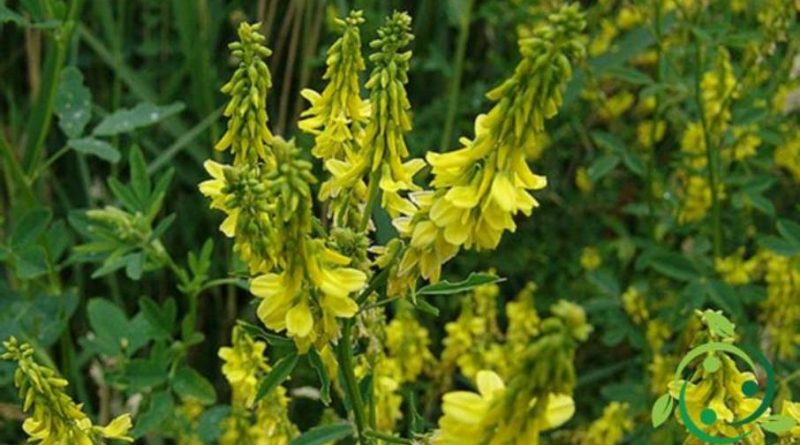How to grow Sweet Clover
How to grow Meliloto
In this sheet we see the advice and suggestions on how to grow Meliloto (Melilotus officinalis (L.) Pall.). the melilot is an annual or biennial herbaceous plant with a root canal root very deep and not very branched. It has a ramy stem, upward that develops up to 1.2 m, with leaves divided into three leaves of oval or elliptical shape until they can be stretched, the taller ones and with a margin with a slight dentition at the free end. It possesses flowers gathered in upright, lassi and slender terminal racemes, with numerous drooping and briefly pedunculated flowers with tubular calyx and bright yellow papilionacea corolla. The smell of these is very strong and from these forms a blackish legume with raised grooves. Melilotus officinalis is quite common in clayey soils rich in limestone. It also grows on poor and dry substrates, uncultivated pastures, along roadsides, especially in the hilly inland areas of the entire peninsula but is very rare in the islands.
To understand how to grow Melilotus, consider that it is a spontaneous plant, so the indications for its culture are quite simple. The plant should be grown at an annual rate, especially for dry, hilly, even poor soils as long as they are gifted in limestone and have hosted legumes in past years. This condition is necessary for the establishment of symbiosis with the nitrogen-fixing bacteria. Sowing should be done in the autumn or late winter, sufficiently early, so that the plant undergoes a good vernalization that is necessary for the plant to flower.
The seeding of the Melilot must be done in rows and, if the extension is large, with seeders for cereals with the distribution of a maximum of 20 kg per hectare of seed.
The appropriate period of ripening for the harvest comes from the flowering period that starts from mid-July onwards; in the case of non-amateur extensions, a self-propelled mower must be used. Immediately after harvesting, it is necessary to have the foresight to immediately dry the product, preventing any sort of fermentation. As an indication, we say that the average yields of this plant are around 25-30 quintals, reaching up to 35 Q.li / Ha.
Consider that the melilot fodder can be a source of serious problems for livestock. The fresh melilot is certainly toxic to animals that in fact avoid grazing. Even a bad haymaking, with rains and subsequent fermentation, determines the development within the not well-dried hay, of the dicumarol, is a powerful anticoagulant used in commercial rat poisoning.
It is instead an excellent green manure plant because it fixes large quantities of nitrogen thanks to the symbiosis with a specific bacillus that is Rhyzobium meliloti. It is also a very honeyed and obtains a good honey, even uniflorale, even if not frequently; it is an important source of nectar for bees.
For therapeutic uses its flowers are used and the eye drops produced thanks to the decoction or to the infusion is indicated for conjunctival inflammations and for the stye.

